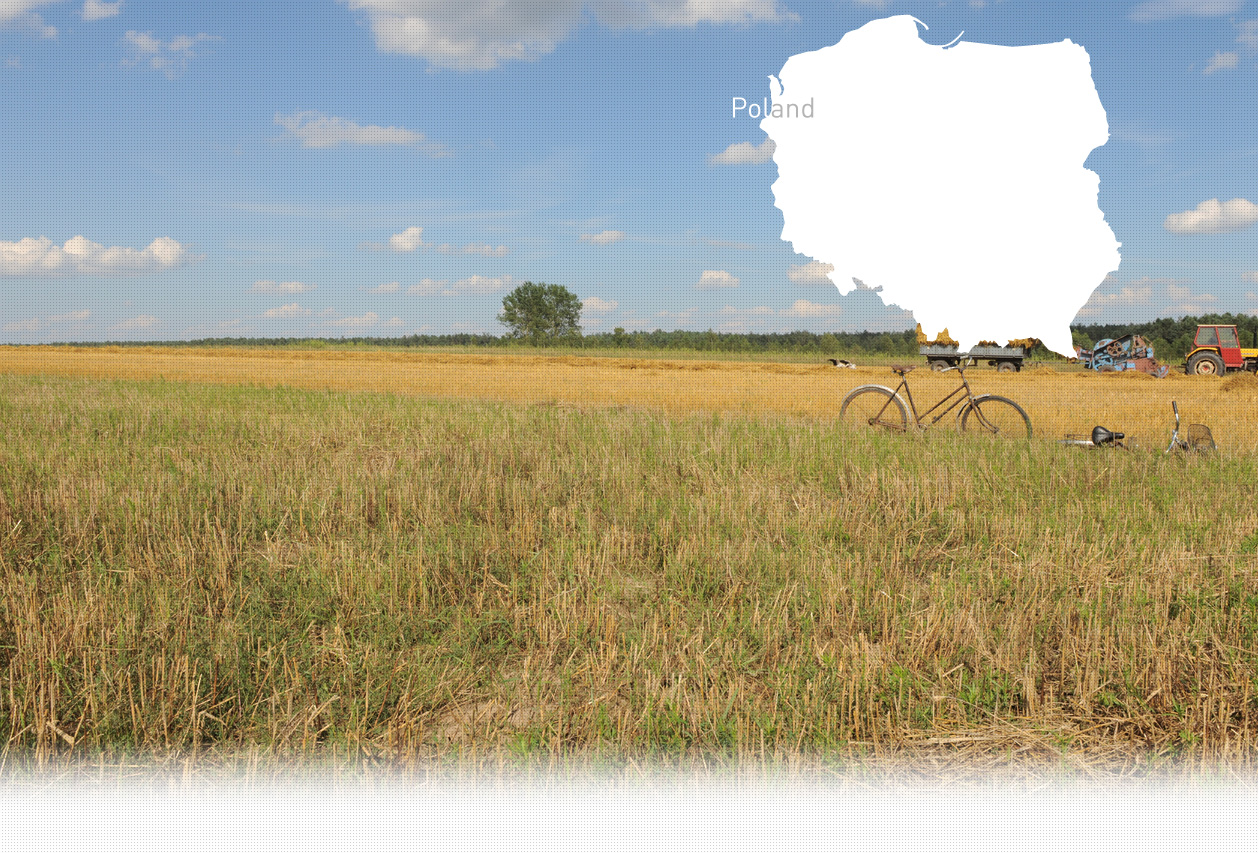

1 Killing site(s)
Maria S., born in 1922: “Before the war, in Huwniki, there were Polish Catholic and Ukrainian families, as well as two Jewish families. Near the school, there was a bakery run by a Jewish woman. She baked bread and buns, while her husband, Hemko, ran a local grocery store. They had at least three children, including Ida, a girl a bit younger than me. The Jewish children went to school with us. Hemko’s mother, an elderly woman named Rywka, lived with them. Rywka was very pious; she read the Jewish Holy Scriptures and often told her family that the Jewish people would one day answer for the death of Lord Jesus, although her daughter-in-law did not share this belief. Another Jewish woman, Freida, was a talented seamstress. Her family ran an inn in Huwniki. I used to go to her to have my dresses sewn. There were three people in her family. I think her mother had passed away before the war. I wanted to learn the trade from Freida and become a seamstress someday. The Jews in Huwniki were very hardworking people. When they were taken to the camp, they all cried because they knew they would not survive.” (Witness N°1304P, interviewed in Huwniki, on November 30, 2021)
"Huwniki, Przemyśl Voivodeship; a labor camp established in the spring of 1942 and liquidated on November 25, 1942. The camp was located on the grounds of a sawmill. The inmates were Jews, including a few families, totaling 17 people. Among them were 5 men and 4 women, who worked in the sawmill. On November 25, 1942, all the inmates were executed by the Nazis on the bank of the Wiar River, approximately 300 meters from the sawmill." [AGK, ASG, sygn. 58, k. 149. GK, Zh III/31/35/68, o.pr., woj. Rzeszowskie, k. 16. OK Rz, III Ko 7/70]
Huwniki is a village in the administrative district of Gmina Fredropol, within Przemyśl County, Subcarpathian Voivodeship (also known as Podkarpackie Voivodeship), in southeastern Poland, close to the border with Ukraine. It lies approximately 7 km (4 miles) southwest of Fredropol, 16 km (10 miles) south of Przemyśl, and 66 km (41 miles) southeast of the regional capital, Rzeszów.
Before the war, Huwniki was primarily inhabited by Polish and Ukrainian communities. Little is known about the Jewish community in the village. However, according to accounts from local witnesses interviewed by a Yahad team, two Jewish families lived in Huwniki before the war. One family owned a store and a local bakery. This was the family of a Jewish man named Hemko and his wife, Hutka. They had four daughters—Nucha, Dzienia, Ania, and Ida—and a son, who was the youngest of the siblings. Hemko’s mother, Rywka, also lived with them in their multi-generational home.
The second Jewish family ran an inn in the village. In addition to managing the inn, Fredka, a talented seamstress, made clothes for residents of nearby villages. Fredka and her husband had four adult children, and Fredka’s mother, Sura, also lived with them.
Witnesses also mention that the larger Jewish community lived in nearby Rybotycze, a town 5 km from Huwniki, where, in 1921, there were 314 Jews out of a total population of 1,262. Rybotycze had a Jewish cemetery, a cheder, a mikveh, and a synagogue, which most likely was also attended by the Jews from Huwniki.
During the Second World War, Huwniki was briefly occupied by the Nazi army in September 1939 before being voluntarily handed over to the Soviet army. It was then reoccupied by the Nazis from June 1941 until July 1944, when it was recaptured by the Soviets.
In the spring of 1942, the town’s 17 Jewish residents—men and women—were enslaved and forced to work in a local sawmill for several months. According to Yahad witness, Irena H., born in 1931, around 20–30 Jews from the nearby town of Rybotycze were also placed in the camp. On November 25, 1942, the Jews from the work camp were massacred at the Wiar Creek near Przemyśl by Ukrainian police from Nowe Siółki. Irena H. recalls:
“The Jews from the sawmill were taken to the river by night. They were all lined up, even children, and were shot with a machine gun. They all fell into a pit, and the other Jews buried them there.”
Sources differ regarding the number of Jewish victims killed at Wiar Creek. While the Polish Archives mention 17 people, other oral sources estimate the number of victims at around 50. Furthermore, since interviewed witnesses stated that 20–30 Jews from Rybotycze were also at the camp, it is probable that the actual number of victims was closer to 50.
In 1958–1959, the grave was reportedly exhumed, and the remains were transferred to a mass grave in the Przemyśl Jewish cemetery. However, this information has not been confirmed by interviewed witnesses, who claim that the victims’ bodies still remain at the original burial site.
Do you have additional information regarding a village that you would like to share with Yahad ?
Please contact us at contact@yahadinunum.org
or by calling Yahad – In Unum at +33 (0) 1 53 20 13 17